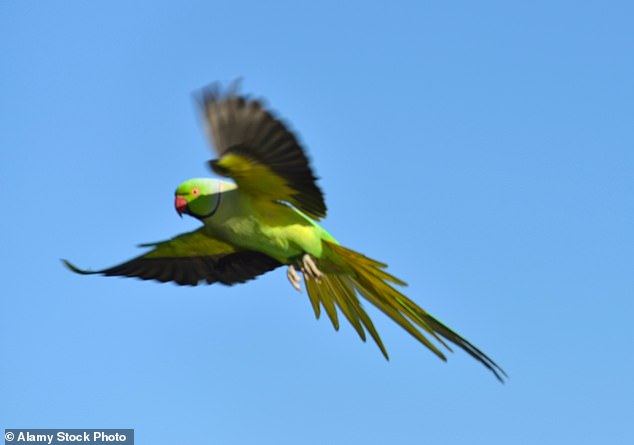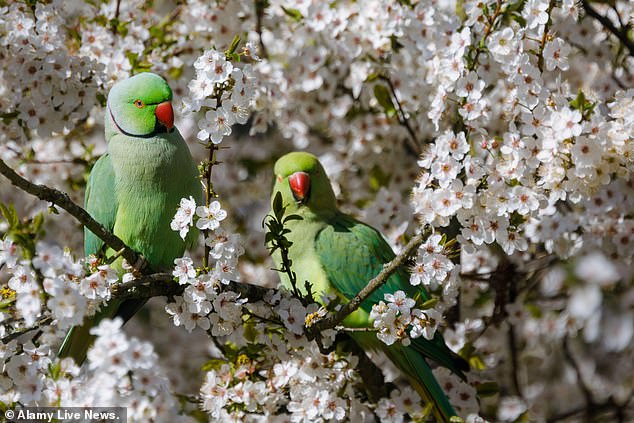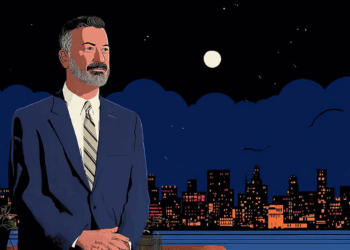Britain’s burgeoning parakeet population could soon have a new nemesis.
There are tens of thousands of the green birds in the UK, according to estimates, but experts claim that they will soon come under threat from goshawks.
The predators feed on pigeons, grey squirrels and rats, and conservationists say they will soon be targeting parakeets.
Hazel Jackson, of the UK Centre for Hydrology and Ecology, said goshawks could possibly prey on parakeets, just as peregrine falcons do now.
She said: ‘We do know that peregrines in London are predating on parakeets, and so in theory, and given the growing quantity of parakeets, there is a chance goshawks might take advantage of them as another source of food.’
Sightings of goshawks – which have a 5 ft wingspan and long talons – have increased on the edges of London in recent months, and experts say they will soon make their way to other British cities.
The birds were virtually wiped out by the Victorians but escaped goshawks owned by falconers began to re-establish numbers from the beginning of the 1970s.
Goshawks are now living in cities across Europe including Berlin, Amsterdam, Riga and Moscow.
In the UK, there have been sightings in Sussex, Kent and Surrey, as well as on marshes on the edges of the River Thames in London.

Britain’s burgeoning parakeet population could soon have a new nemesis as goshawks, who feed on pigeons, grey squirrels and rats, could target the green birds

A pair of ring necked parakeets in cherry blossom trees in Barn Hill, Wembley Park, London
Conor Mark Jameson, author of Looking for the Goshawk, told The Mail on Sunday he expected them to appear in parks around cities including London, Bath, Southampton, Glasgow and Edinburgh within the next few years.
‘In my lifetime this bird has come back from extinction in the UK and now goshawks could become a feature of British cities in a matter of a few years,’ he added.
‘It’s recovering in some of the Home Counties – Sussex in particular, Surrey and Kent – and reports in and over London appear to be increasing.
‘Slowly but surely they will work their way into suburbia. There is superabundant food in the form of pigeons of all kinds, ring-necked parakeets, corvids, grey squirrels and even rats and stout trees in which to nest in large gardens, hospital grounds, cemeteries and recreation areas.’
Andy Evans, of the RSPB, said that ‘with continued protections’ goshawks may be as common a sight in London as they are in other cities across Europe.












